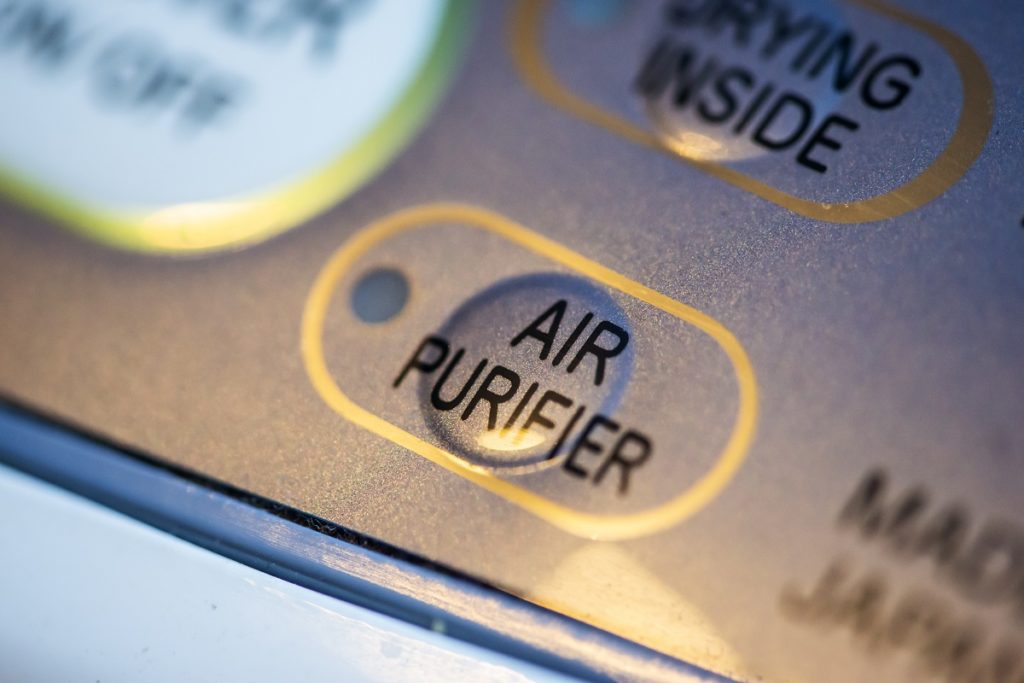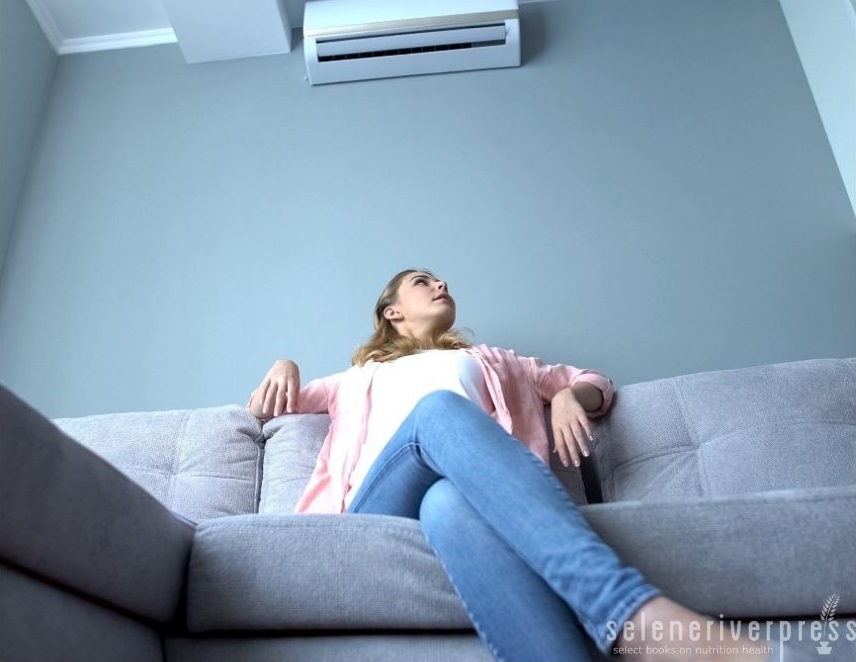The air we breathe. We take it for granted, really—it’s just there. But when the air is bad, as it has been here in Colorado lately due to forest fires, we realize just how vital good air is for our health, day in and day out. Even if there aren’t any forest fires near you, it turns out you may still be affected by the smoke:
“Rural wildfire smoke drifts farther from its source than was previously thought. Examining satellite data to track the movement and dispersal of smoke plumes, researchers found that wildfire smoke drifts at a very high altitude, eventually reaching distant urban centers and interacting with other pollutants to create elevated ozone levels far from the fire source.
“Previous studies had found that wildfires release nitrogen oxide and hydrocarbons that contribute to elevated ozone levels, but those effects were seen mostly in rural areas, not distant urban centers far removed from the fires. Breathing ozone can trigger a variety of negative health effects, including coughing, throat irritation and congestion in healthy people. Furthermore, ozone can also worsen symptoms of bronchitis, emphysema and asthma.”
If you have any of these symptoms or conditions, stay inside as much as possible during forest fires.
You can’t control the air outside, but what about inside? Now is the perfect time to assess the air quality in your home. You can find tests for indoor air quality that measure and monitor levels of pretty much any contaminant you can think of, from allergens such as dust, mold, and dander to volatile organic compounds (or VOCs) such as benzene, formaldehyde, and styrene. VOCs are associated with a range of health issues. Depending on your level of exposure, these can include eye and respiratory tract irritation, headaches, rashes, dizziness, and various types of skin problems. Higher levels of exposure or too much exposure over time can damage vital organs such as the liver and kidneys. It can also affect the central nervous system, which could eventually lead to death. High exposure to VOCs can also cause cancer.
Some contaminants, including mold, radon, lead, and asbestos, may require professional mitigation, although you can do the tests yourself. (However, in some states you must hire a professional to test for asbestos.) If you do discover high levels of a harmful substance, consider the source and how to remove it, especially if people in your household have symptoms that can’t be explained by anything else. Look for symptoms such as sneezing, coughing, and dizziness that may be due to biological pollutants.
Fortunately, there are so many things you can do to make your air quality better and provide a clean, healthy environment for your family. Take the following advice to avoid the health hazards associated with VOCs and other indoor air pollutants.
The EPA notes that ventilation and air circulation are essential for improving indoor air. One recommendation for improving your indoor air quality that pops up again and again is to simply open your windows. I love that one and do it as often as possible. You can even buy window screens that capture allergens and pollutants so that the breeze blowing into your abode is as fresh and clean as possible.
What about when you can’t open the windows due to weather or other circumstances? Here’s where air purifiers come in. Some are effective at removing pollutant particles, but it’s better to get one that also removes benzene, formaldehyde, and other VOCs. The quality and material of the filter in these air purifiers is key. The IQAir GCMultiGas features HyperHEPA filtration technology that filters ≥ 99 percent of harmful ultrafine pollution particles down to ≥ 0.3 microns. This is 100 times smaller than ordinary air filtration technology and 10 times smaller than a virus. For a more budget friendly version that claims to do the same, look at the air systems from Enviroklenz. Or consider the six-stage purification and deodorization system from Rabbit Air, which has a proprietary fiber HEPA filter that “traps allergens and particles 0.3 microns in size at 99.97% efficiency and particles less than 0.1 microns in size at higher than 99% efficiency.”
An activated carbon filter used with a HEPA filter removes more pollutants than either one can do on its own. Or you can try a purifier from Airocide that uses photocatalytic oxidation technology developed by NASA to destroy particle pollutants and VOCs. Whatever air purifier you choose for your household should depend on your individual needs.
While you’re deciding which air purifier to buy, take inventory of the household products you use. Do they contain unwanted ingredients that stick around long after you spray them? Products used for cleaning, personal care, hobbies, and crafts can all contain harmful substances. Fortunately, there are many natural, environmentally friendly choices for most everything these days. A good source to learn about safe products is the Environmental Working Group, the organization that popularized the Clean 15 and Dirty Dozen guides to pesticides in produce.
What about indoor plants? They clean your air, right? At least that’s what numerous articles on the internet say. Unfortunately, that ability has been overstated due to a misinterpreted NASA study. It’s a scientifically proven that plants and microorganisms in soil do clean air effectively, but only when they’re in a small, hermetically sealed space, which is unlike your house. Also, keep in mind that indoor plants might even be bad for you if you’re sensitive to mold or humidity.
Finally, when it comes time to remodeling or redecorating your home, give careful consideration to every item you purchase, from curtains to throw pillows to rugs. Be aware of off-gassing, the airborne release of VOCs from new furniture, carpeting, household products, fresh paint, stain, or synthetic paneling or flooring. Shop for nontoxic furniture, carpets, rugs, flooring, paints, and stains. Luckily, zero VOC paints and stains are now standard in every home improvement store and online. You may have to pay a little more for nontoxic items and new technologies, but it’s an investment in your family’s health. Remember, chronic exposure to indoor contaminants over time may lead to serious health problems.
Take some time to evaluate the quality of your indoor air, make the changes you need to make one step at a time, and monitor the quality of your indoor air on a regular basis. You’ll be breathing a sigh of relief in more ways than one.
Further Reading
Indoor air quality:
Indoor air contaminants:
Images from iStock/Motortion (main), deyangeorgiev (post).


